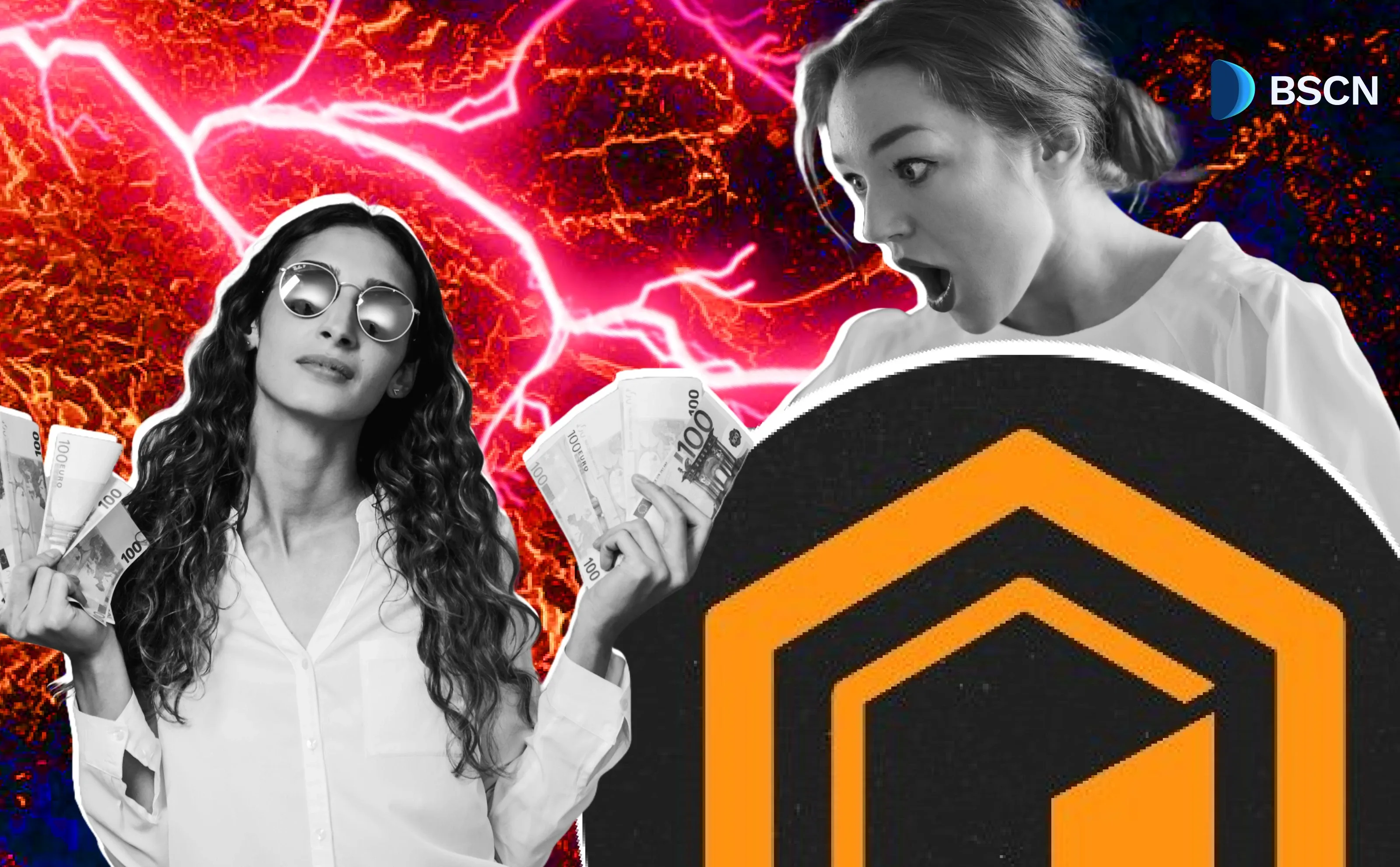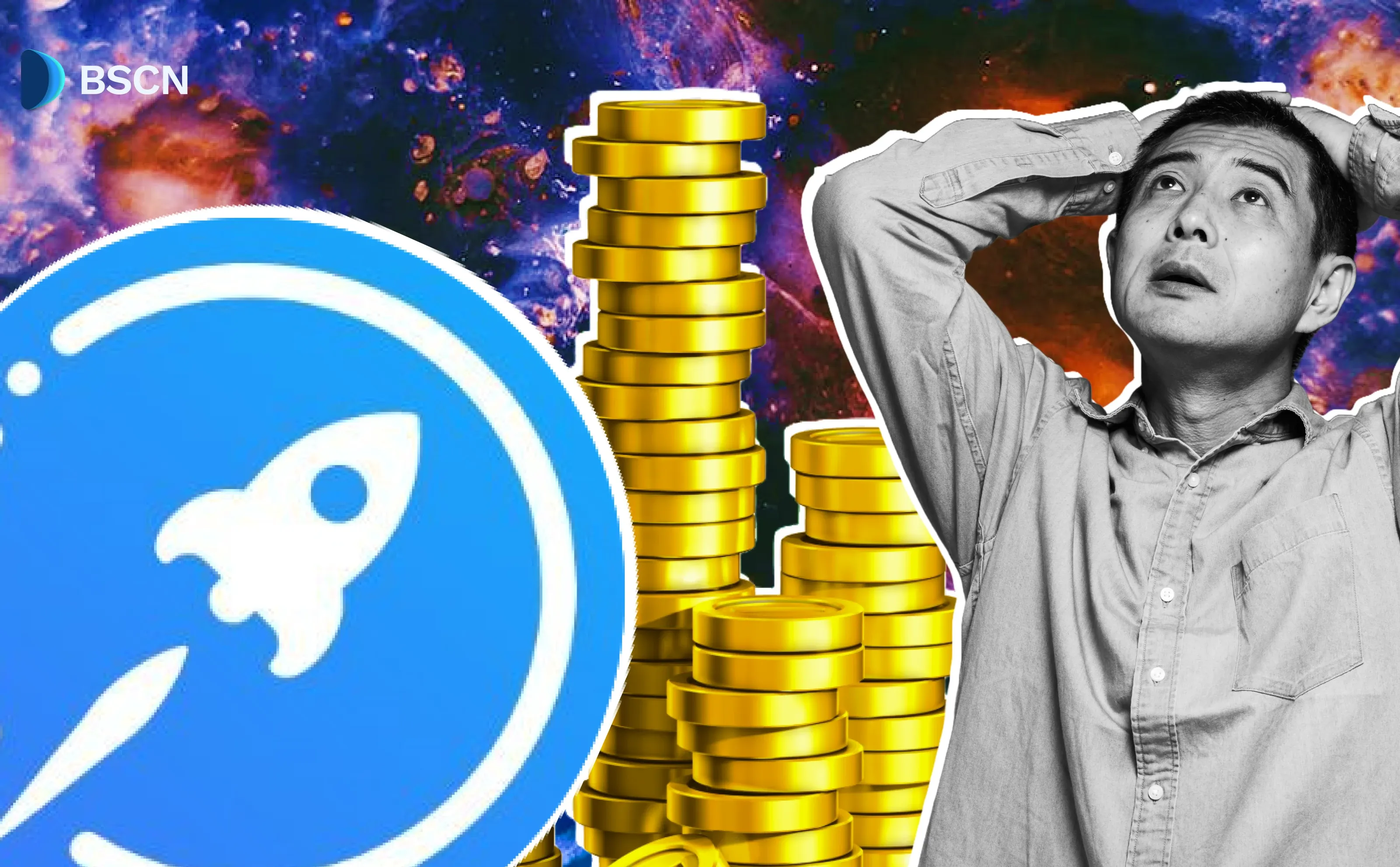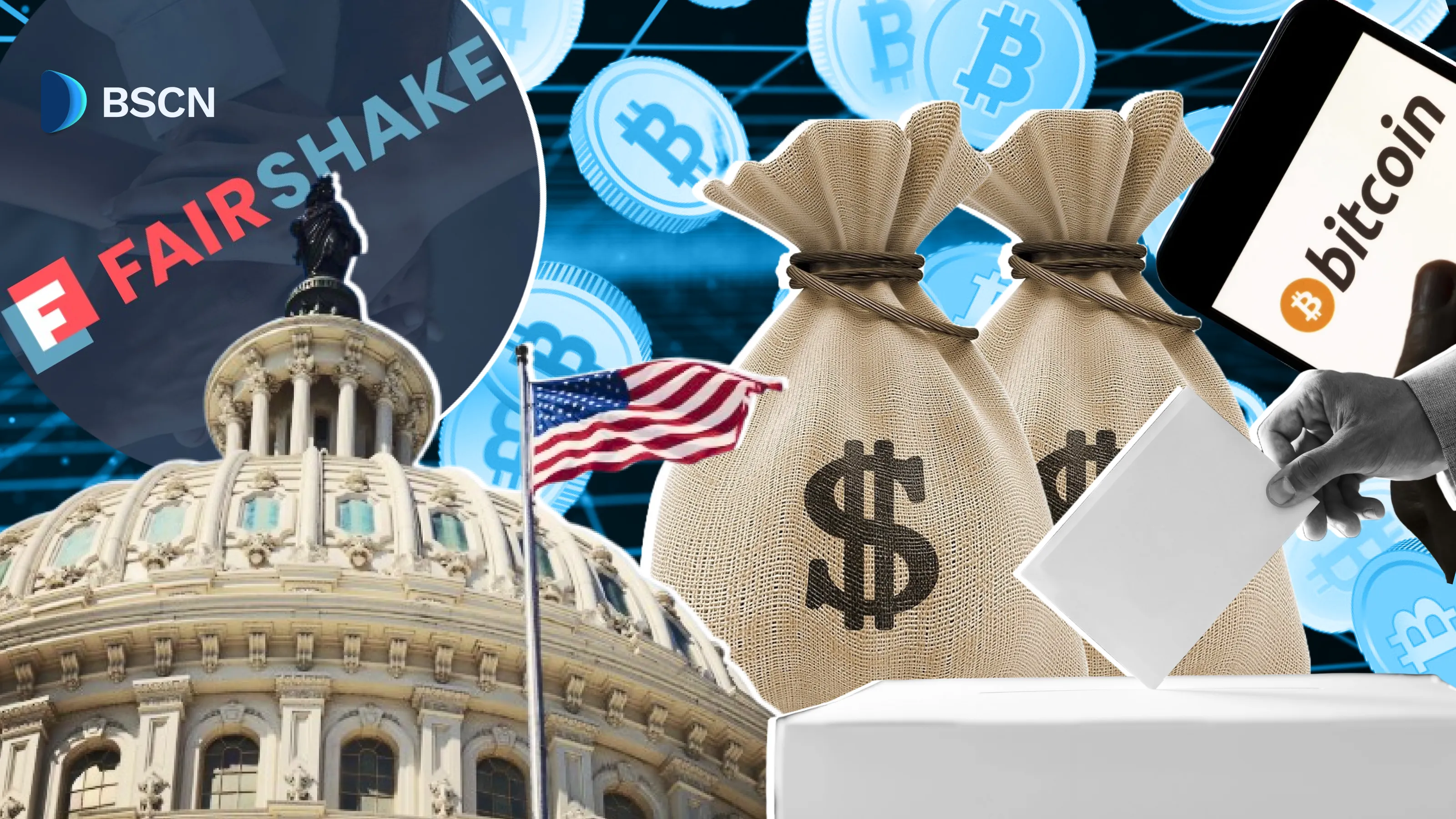WEB3
Ripple Announces Smart Contracts for XRP Ledger, Expanding Features for NFTs, AMMs, and DEXs

The addition of smart contracts will enable developers to deploy permissionless applications and customize functionalities without affecting the core ledger features.
BSCN
September 3, 2024
Ripple announces introduction of smart contracts on XRP Ledger mainnet. This move will reportedly bring advanced programmability to the blockchain, expanding its capabilities to include features for NFTs (non-fungible tokens), AMMs (automated market makers), and decentralized exchanges (DEXs).
Dual Advancements in Programmability
The enhancements to XRP Ledger's programmability will come through two key developments:
Native Smart Contracts on XRP Ledger Mainnet: Currently in the research phase, this upgrade will enable smart contract functionality directly on the mainnet. This addition will allow developers to create custom solutions without requiring broad community consensus or changes to the core network.
XRPL EVM Sidechain: Slated for deployment in the coming months, this sidechain will bring Ethereum Virtual Machine (EVM) compatibility to the XRP ecosystem. This means developers can use familiar Ethereum tools and programming languages to build applications on the XRP Ledger.
Enhancing Mainnet Functionality
The introduction of smart contracts will build on the foundation of XRP Ledger by allowing developers to:
Create Custom Solutions: The new smart contract capabilities will enable bespoke functionalities that cater to specific business needs without impacting the broader network.
Improve Efficiency: By integrating smart contracts directly into the mainnet, Ripple aims to enhance the speed and cost-effectiveness of transactions, making the ledger more attractive for a variety of applications.
Existing smart contract standards, such as Hooks from XRPL Labs, will serve as a foundation for this development. These standards will reportedly allow developers to leverage the XRP Ledger’s core strengths while creating tailored smart contract solutions.
Features and Benefits
Key features of the smart contract integration include:
Permissionless Deployment: Developers can deploy smart contracts without needing an amendment to the mainnet, providing greater flexibility.
Customizable Functionality: Smart contracts will enable easy customization of native features, offering developers more control over their applications.
Developer-Friendly: The new functionality aims to be straightforward for new developers, with minimal impact on performance and cost for infrastructure providers.
Per reports, Ripple, in collaboration with the XRP Ledger developer community, will continue to refine these features and publish an XLS proposal for broader review.
With this, Ripple hopes to bring new features, including Escrows, NFTs, authorized trustlines, payment channels, and DEX + AMM.
XRPL EVM Sidechain Development
In collaboration with Peersyst, the XRPL EVM Sidechain brings Ethereum compatibility to the XRP ecosystem. This sidechain will allow developers to use Ethereum’s tools and languages, making it easier to build and deploy smart contracts.
A key feature of this sidechain is its ability to connect with over 55 other blockchains through the Axelar bridge. This cross-chain functionality will enable transactions and interactions between the XRPL EVM Sidechain, the XRP Ledger, and other blockchain networks. Wrapped XRP (eXRP) will act as the native asset and gas token on the sidechain, ensuring secure and efficient cross-chain transactions.
Enhanced Programmability in 2025
Ripple's advancements are expected to impact the cryptocurrency landscape in 2025. The introduction of smart contracts and the XRPL EVM Sidechain will address the needs of both institutional DeFi users and developers, allowing for more tailored and innovative solutions.
Jasmine Cooper, Ripple’s Head of DeFi Product, recently talked about a new token standard : multi-purpose tokens (MPTs), according to a Sept. 2 The Crypto Basic report. These tokens are designed for real-world assets (RWAs) and enable the storage of metadata directly with the asset. Per reports, this feature will enhance scalability and flexibility, making XRPL more suitable for institutional use cases.
MPTs will reportedly enable the creation of complex token systems representing various assets and rights, streamlining digital asset management for institutions.
Disclaimer
Disclaimer: The views expressed in this article do not necessarily represent the views of BSCN. The information provided in this article is for educational and entertainment purposes only and should not be construed as investment advice, or advice of any kind. BSCN assumes no responsibility for any investment decisions made based on the information provided in this article. If you believe that the article should be amended, please reach out to the BSCN team by emailing [email protected].
Latest News
Crypto Project & Token Reviews
Project & Token Reviews
Comprehensive reviews of crypto's most interesting projects and assets
Learn about the hottest projects & tokens
Latest Crypto News
Get up to date with the latest crypto news stories and events







